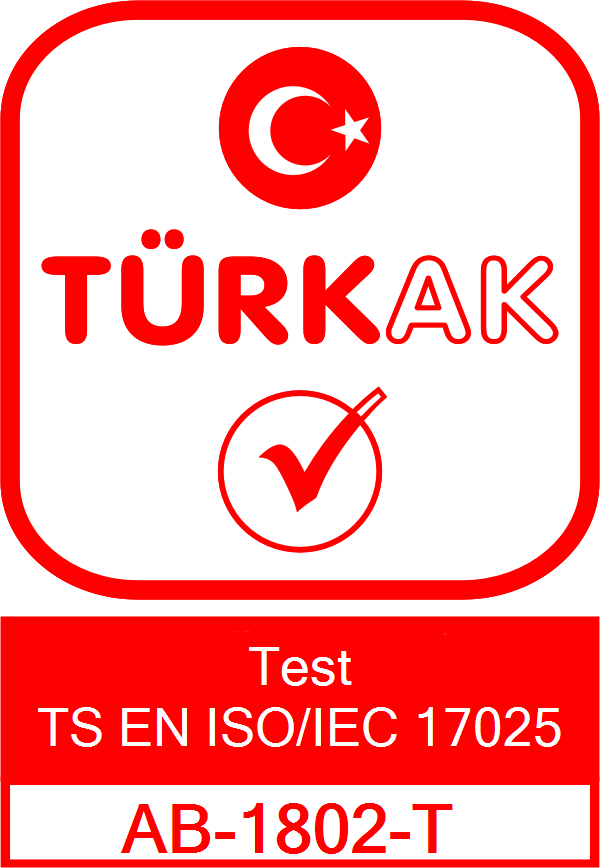Determination of Cadmium (Cd)
The RoHS (Restriction of Use of Restricted Substances) regulation limits the concentrations of certain hazardous substances used in the manufacture of electrical and electronic equipment (EEE). Cadmium (Cd) is among these dangerous substances and cannot be used above a certain limit according to RoHS regulation.
Limit set for cadmium under the RoHS regulation:
- 0.01% by weight per homogeneous material, ie 100 ppm.
This is a tighter restriction than the limit for lead because cadmium is considered particularly dangerous due to its toxic properties.
The main methods used for the determination of cadmium are:
1. **XRF (X-Ray Fluorescence) Spectroscopy**: It is a frequently used method for the rapid and non-destructive detection of cadmium. However, at very low concentrations (eg close to the limit values) more sensitive methods may need to be used.
2. **ICP-MS (Inductively Coupled Plasma-Mass Spectrometer)**: This method is highly sensitive for the detection of cadmium at very low concentrations. ICP-MS is an analysis method that can detect at the level of ppb (one per billion).
3. **ICP-OES (Inductively Coupled Plasma-Optical Emission Spectroscopy)**: It is generally used for element detection at the level of ppm (parts per million) and is also suitable for the determination of cadmium.
4. **AAS (Atomic Absorption Spectroscopy)**: Also used for cadmium detection, but generally less sensitive than ICP technologies.
Which of these methods to use depends on the sample matrix being analyzed, the sensitivity required, the detection limits, and other application-specific requirements.
To ensure RoHS compliance, manufacturers and importers must verify that materials and components used throughout the supply chain are cadmium-free or below allowable limits. This must be taken into account both during the product design and development phase and during the manufacturing process.

